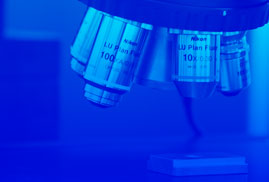The economic and environmental cost resulting from friction on machinery and transport is substantial, machine tools being one of the most affected. In this sector, the movements are all affected by friction originating in the movements between the guideways and slides, which has an impact on precision, energy consumption and component wear. In this sense, texturing has been shown to be a useful tool for the reduction of friction. Among texturing techniques are scribing and scraping, both manual and costly processes in which the final finish of the part depends on the operator. Other techniques such as laser texturing are an effective and precise but costly procedure and are not applicable on large workpieces. One of the main challenges is to develop techniques capable of producing these textures in a repetitive and economically viable way. This work presents a new assisted diamond dressing technique that allows different textures to be created by grinding, with control of the geometry and distribution of the textures. This technique allows textures to be created on large workpieces, such as some machine tool guides, and to do this repetitively and on the same machine on which the guide was previously ground, which means a reduction in times and costs. This technique has been validated through tribological tests and much lower friction coefficients have been obtained than with manual techniques.



